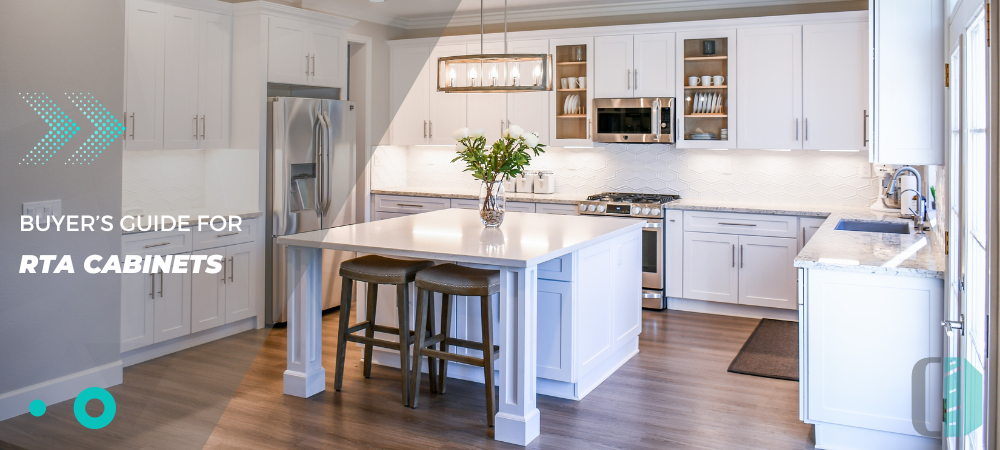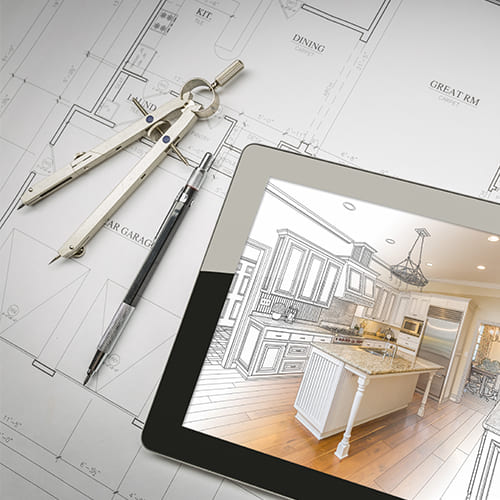Using the wood dowels, screws, and glue, anyone can assemble the RTA Cabinets. We provide a detailed guide and necessary tools to assist you to put the RTA Flat packs assembled.
A Buyer's Guide for RTA Cabinets
If you are a DIY'er, RTA Cabinets are for you.
If you are planning your Kitchen Remodeling with a lesser budget, RTA Cabinets are for you.
If you are seeking durable, yet affordable and elegant looking, RTA Cabinets are for you. And, if you are looking for minor customizations, RTA Cabinets can still deliver them.
Common misbelief is that the Ready-to-Assemble (RTA) Cabinets cannot offer any customization. Incorrect. Another common misbelief is that the RTA Cabinets are "cheap" as they are of 'lesser quality'. Incorrect. Yet another misbelief is that the RTA Cabinets are very complex to install yourself, Very incorrect. Because, it is really easy to install them.
In this post, we will talk mainly about the general concepts about the RTA Cabinets. This post will get you familiarized with the general terminologies used by the etailers. If you have already made the purchase and you are looking for assembly instructions, click here to proceed.
What are RTA Cabinets?
RTA Cabinets are cabinets that are delivered to you in a flat pack. As they are delivered in flat packs, the shipping costs are less. We deliver these flat-packed cabinets with assembly tools. The assembly process is simple, however in case you need help, you can consult a professional. Since RTA furniture is packaged in flat boxes, it can be easily transported in a car and maneuvered through narrow doorways and tight areas, making it an ideal choice for apartments or dorm rooms.
RTA Cabinets are also called, 'unfinished cabinets', 'unassembled cabinets', or 'flat packs'.
Pro Tip: Even if you are uncomfortable installing ready to assemble cabinets yourself, they are more cost effective than assembled cabinets. You save significantly on shipping, even if you get help assembling them from local professionals.
Benefits of RTA Cabinets
When making the choice of RTA vs. pre-assembled cabinets, consider the pros and cons of each type of cabinetry. Each option has its own set of advantages and considerations. Choosing these cabinets over pre-assembled cabinets offers several compelling advantages.
Cost-effective: The cost of pre-assembled cabinets are inclusive of assembling at the main warehouse and logistics costs from that warehouse to your house. You save that money by getting flat pack cabinets delivered to your home address.
Customizable: Using the help of Professionals, RTA Cabinets can easily be customized to fit your kitchen layout. Buying flat pack cabinets saves time and money.
Quick and easy assembly: Using the tools and the manuals that come with the delivery, a homeowner or a professional can easily assemble ready to assemble cabinets.
variety of styles and materials: They are available in a wide variety of styles and materials, including wood and laminate. Also, you can find vanity and RTA kitchen cabinets in numerous color and style options.
DIY-FriendlyRTA cabinets must be assembled and installed, but the process is easy if you are handy with a simple hammer and screwdriver/drill. With RTA cabinets, you don’t need a handyman. With our included package of hinges, screws, slides, and supports, we empower you to be the handyman!
Moreover, assembling RTA cabinets can be a rewarding DIY project for homeowners who enjoy hands-on involvement in their home improvement projects. It provides a sense of accomplishment and allows for a deeper understanding of the construction and functionality of the cabinets. Staining Ready-to-Assemble (RTA) kitchen cabinets lets you customize your cabinets' look while preserving the wood's natural beauty. Cabinet Distribution has a beautiful range of stains for you to browse and pick to create the best RTA cabinets for your kitchen. Overall, choosing RTA cabinets offers a cost-effective, customizable, and DIY-friendly solution for homeowners looking to enhance their living spaces with stylish and functional cabinetry.
Different Types of RTA Cabinets
Base Cabinets
RTA base cabinets are the building blocks of kitchen design. These are under-the-shelf cabinets; ones that sit on the floor. These cabinets provide storage space for the utilities you need easy access to such as toasters and cookware. These are available in single doors, double doors, and base cabinets under the sink.
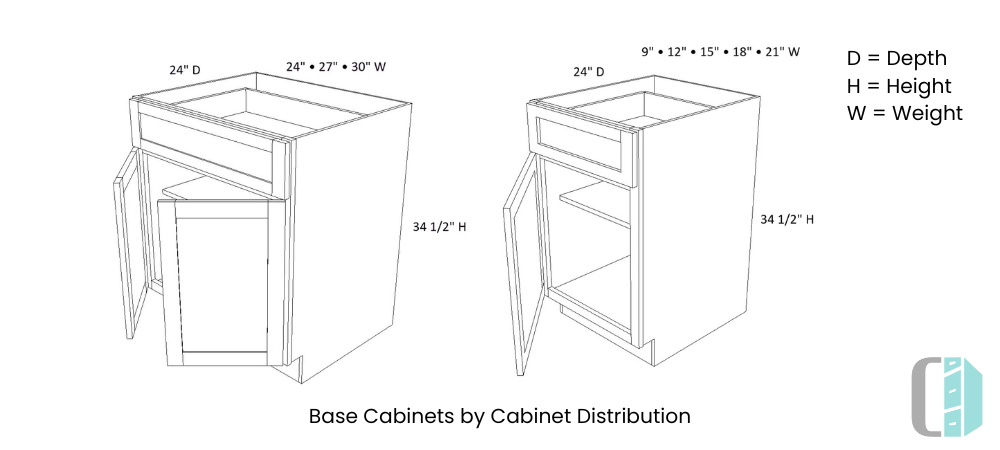
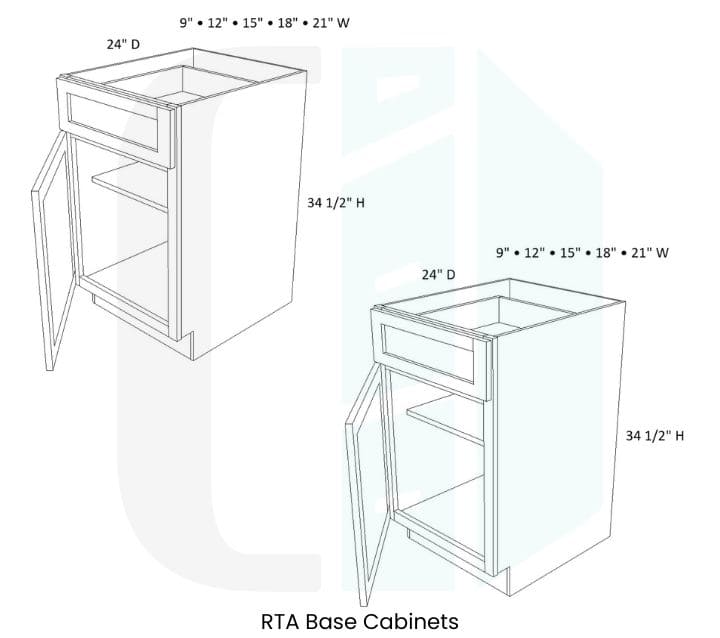
In most cases, you will find base cabinets with a height of 34.5 inches and depth of 24 inches. The width is where the price and the variations differ. There are single door, double doors, and even three doors base cabinets. The more doors, the higher the price.
The width is the most crucial factor to keep in mind. Based on the design that fits your kitchen, you can choose to opt for variation of width and doors to make your kitchen look elegant. Additionally, you can also find base cabinets specifically crafted for under the sink, for microwaves, for waste baskets, and also for the end of the shelf to provide a curvature.
Wall Cabinets
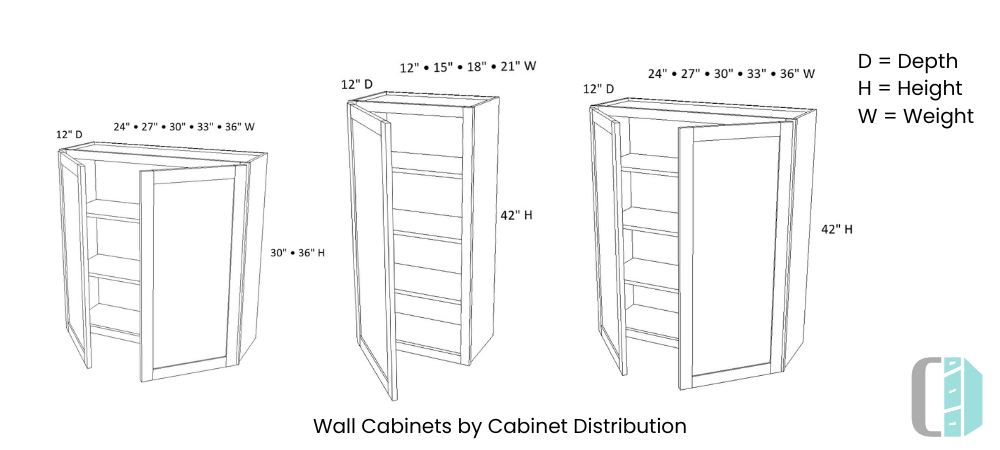
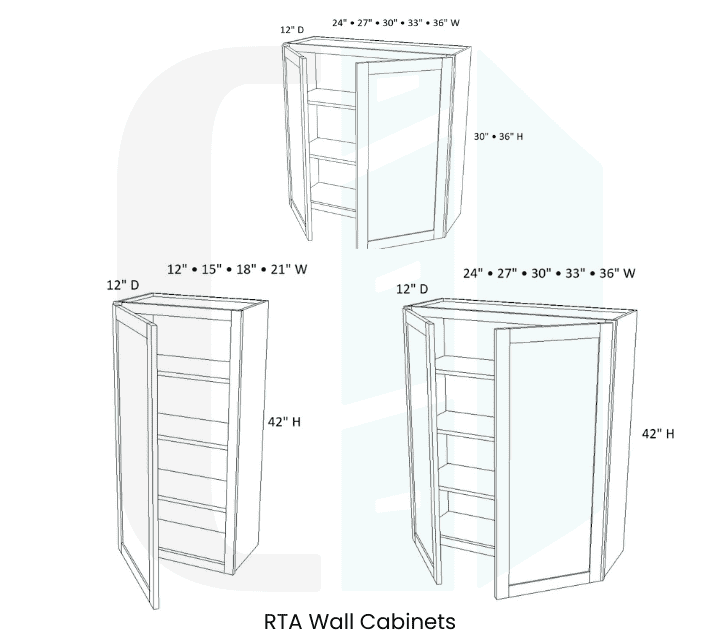
RTA Wall cabinets are the cabinets in front. While someone walks in your kitchen, this is where their attention goes first. Simply because they are wall mounted and parallel to the eyesight. These are more of a purpose based cabinets and give life to your kitchen. The wall cabinets also provide additional storage space.
Unlike the base cabinets, the wall cabinets are available in different heights, widths, and depths. Majority of the online RTA websites provide a kitchen design service. And, by availing their services, you can get a collection of ideas to evaluate the options that fit the best for your kitchen. The wall cabinets are more than the storage space; they are your wine collections, display of decorative items, and more so, it can be a resemblance of the personality of your Kitchen.
The wall cabinets are hung on the wall using a bracket and a cleat. The measurements of the space where the wall cabinets go is a key step.
Pantry Cabinets
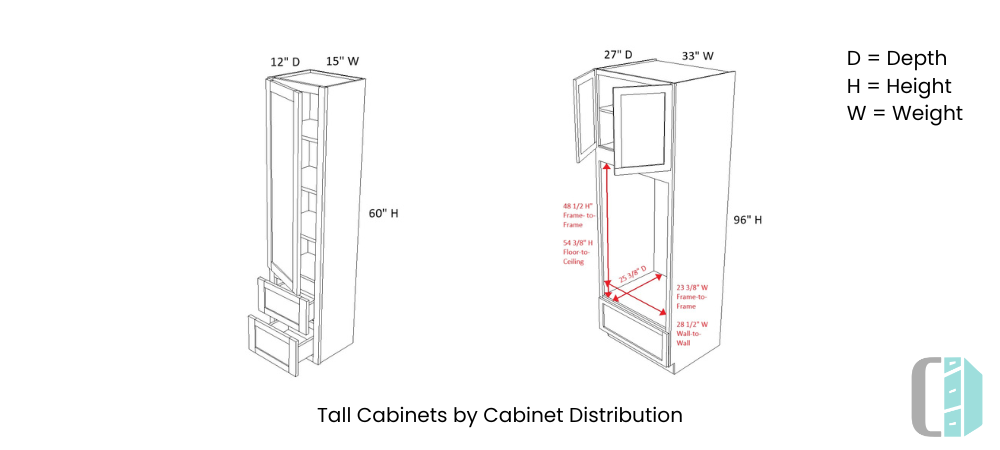
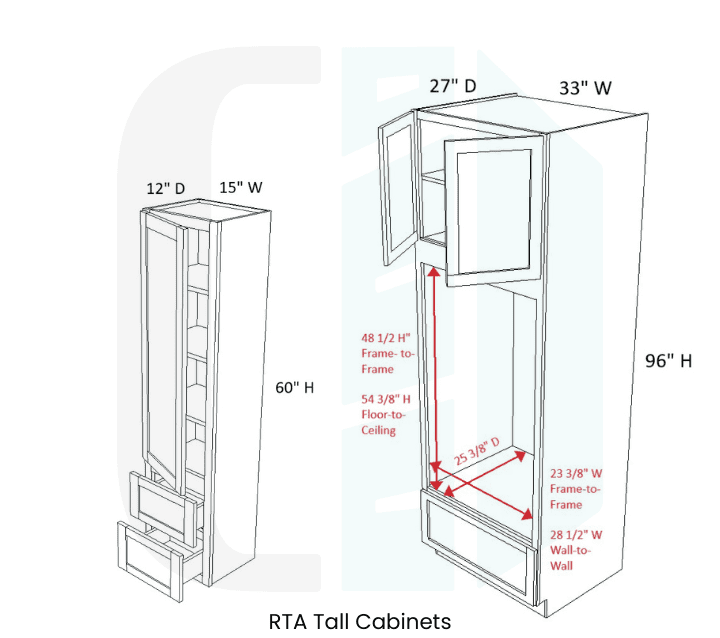
RTA pantry cabinets are also called pantry & oven cabinets, or more commonly known as tall cabinets. These cabinets are for storage, organization, and provide sophistication to your kitchen layout. These are similar to cupboards in the bedroom; as the pantry cabinets are tall, narrow, can be freestanding, and it can also be built into the existing cabinetry.
These cabinets are made to swallow appliances, provide storage space for dry goods, canned-goods, and more. You will find options for these cabinets with pull-out baskets, drawers, or hooks for hanging items. It is extremely vital that you measure the available spaces and where the cabinet will go before making the purchase. In order for your kitchen to look as you are visualizing, leaving enough space is also a crucial aspect of the design.
And we can always help you with validating both. That's why we offer sample doors with free shipping so you can taste before you buy.
How to Measure for Kitchen Cabinets
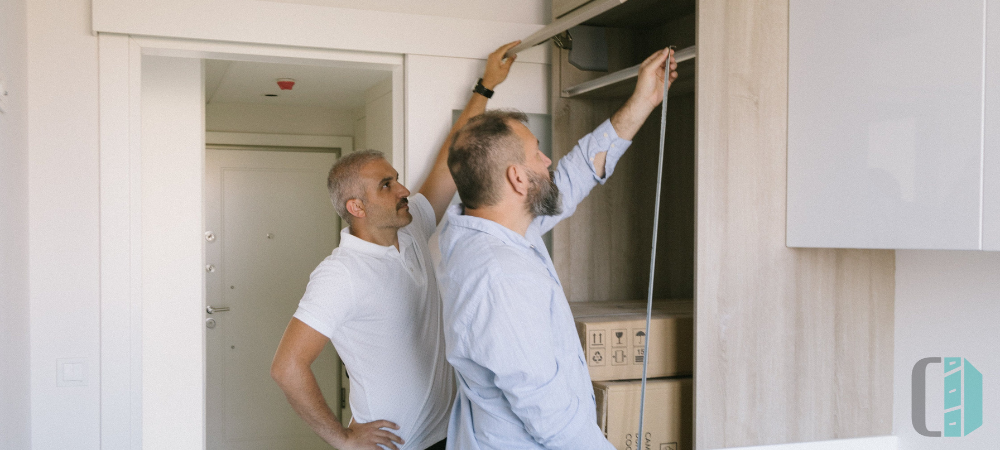
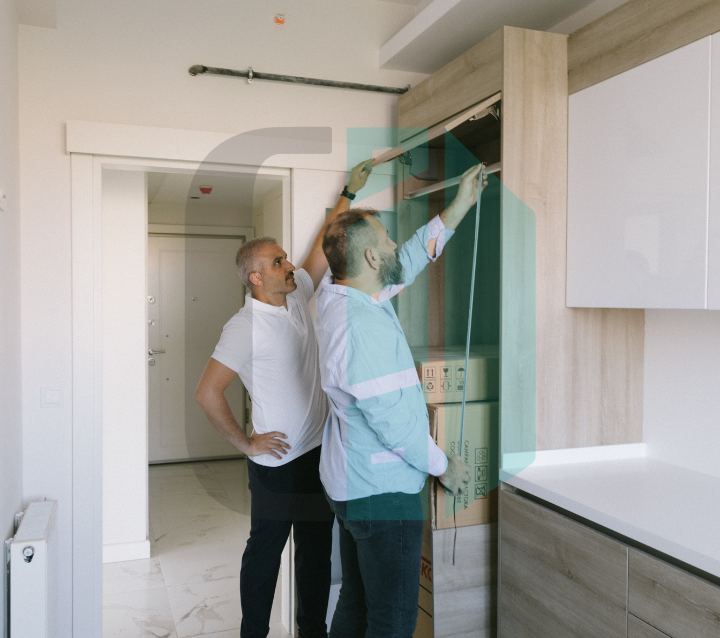
Measuring for RTA kitchen cabinets is essential in remodeling or designing your kitchen. Accurate measurements ensure the cabinets fit seamlessly into your space, maximizing functionality and aesthetics. Whether ordering cabinets or requesting a free kitchen design, precise measurements are crucial for various reasons.
Firstly, measuring your kitchen dimensions lets you visualize how the cabinets will fit within the space. This step helps you plan the layout effectively, ensuring ample room for movement and that the cabinets complement other elements in the kitchen, such as appliances and countertops.
Utilizing our free kitchen design service further emphasizes the importance of accurate measurements. By providing detailed measurements of your kitchen space, you enable our design experts to create customized kitchen layout dimensions that maximizes functionality and optimizes storage solutions. This approach ensures that the final design meets your needs and preferences.
When measuring kitchen cabinets, it's essential to consider the width and height of the available space and the depth. Take into account any obstacles, such as pipes, vents, or electrical outlets that may affect the placement of the cabinets. Additionally, consider factors such as door swing and clearance space to ensure the cabinets can be opened and accessed comfortably.
To learn more about how to measure kitchen cabinets accurately take a look at our detailed guide on how to measure rta kitchen cabinets. Whether planning a complete kitchen remodel or simply upgrading your cabinets, accurate measurements are the foundation for a successful and functional kitchen design. Take advantage of our free kitchen design service today and let us help you transform your kitchen into a space that accurately reflects your style and meets your needs.
Cabinet Distribution is happy to help you with the measurements and provide a complimentary kitchen design to kick off your kitchen design project.
How to Assemble and Install RTA Cabinets


RTA cabinet installation and assembly are straightforward processes that allow homeowners to save on costs and have a hands-on approach to their kitchen or space renovation. Ensure you have all the necessary cabinet installation tools before starting.
Typically, you'll need a screwdriver, hammer, rubber mallet, drill, and a level. RTA kitchen cabinets have detailed assembly instructions for your purchased model. Take the time to read through the detailed assembly instruction guide carefully before starting assembly to familiarize yourself with the process. Clear a spacious area to lay out the cabinet parts. Having enough room to maneuver and assemble the cabinets is essential. Sort and identify all the cabinet parts according to the assembly instructions. This step will help streamline the assembly process and prevent confusion.
Begin assembling the cabinet boxes according to the instructions. This typically involves connecting the sides, back, and bottom of the cabinets using screws or cam locks. Once the cabinet boxes are assembled, reference our installation guide and use it to install any shelves and drawer glides as indicated in the instructions. Follow the specific guidelines for each component to ensure proper placement and alignment. If your RTA cabinets come with doors, hinges, and knobs or handles, attach them according to the instructions. Use a drill or screwdriver to secure the hinges and hardware firmly. Once all the components are assembled, adjust the cabinet doors and drawers to ensure they open and close smoothly. Use a level to align the cabinets and adapt as needed. If required, secure the assembled cabinets to the wall using wall brackets or screws. This step helps ensure stability and safety, especially for upper cabinets.
By following these steps and referring to the assembly instructions provided with your RTA cabinets, you can quickly assemble and install your cabinets with confidence, saving time and the cost to install kitchen cabinets compared to pre-assembled options.
New Section: RTA Cabinet Hardware
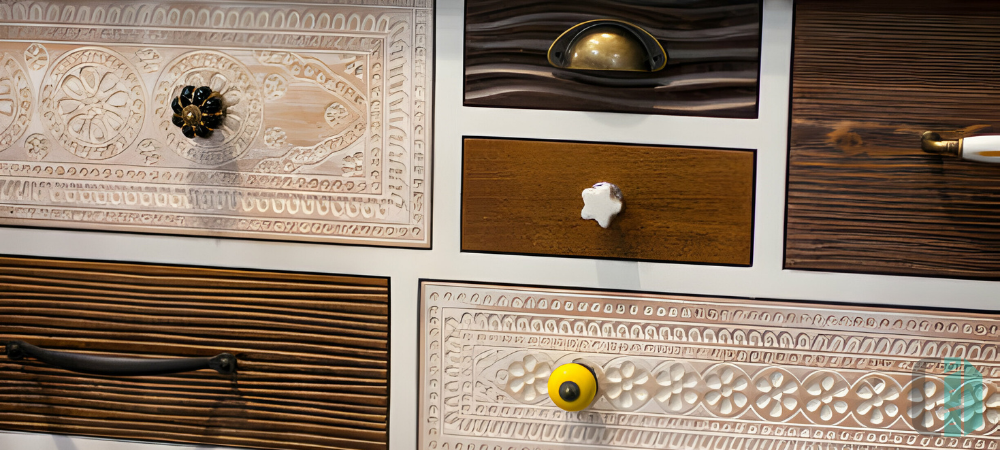
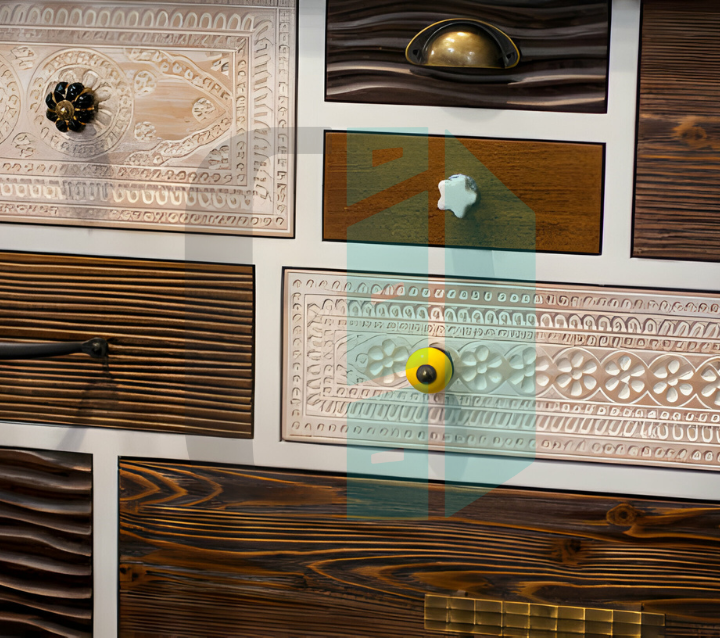
RTA cabinets offer a versatile option for homeowners looking to customize their kitchen or space with ease and affordability. One crucial aspect of RTA cabinets is selecting the proper hardware to complement the overall design aesthetic. Shaker-style cabinets, known for their timeless appeal and clean lines, are trendy in modern and transitional kitchen designs. When choosing cabinet hardware, there are several factors to consider, including style, finish, and placement.
Shaker cabinet hardware typically includes pulls and knobs that enhance the simplicity and elegance of the cabinet design. Shaker cabinet pulls, or handles, come in various shapes and sizes, ranging from sleek and minimalist to more decorative styles. Knobs offer a classic option and can vary from round to square or even uniquely shaped designs.
The Shaker cabinet pull placement plays a significant role in achieving a cohesive and balanced look. For Shaker cabinets with drawers, placing pulls horizontally in the center of each drawer front is a popular choice. This placement provides a clean and symmetrical appearance, accentuating the vertical lines of the cabinet doors. Alternatively, knobs can be placed in the center of each drawer front for a more traditional look.
Regarding Shaker cabinet doors, the hardware placement depends on personal preference and the desired aesthetic. Placing pulls vertically in the center of each door panel creates a streamlined look that complements the vertical stiles and rails of Shaker-style doors. Alternatively, placing pulls horizontally at the top or bottom of the door panel adds a subtle decorative element while maintaining the cleanliness of the cabinet design.
Ultimately, the choice of cabinet hardware for Shaker cabinets depends on the overarching style and theme of the kitchen or space. Whether opting for pulls or knobs, selecting the proper hardware and placement can elevate the look of RTA Shaker cabinets, adding both functionality and visual appeal to the space.
For more guidance on selecting and Shaker cabinet pull placement, check out our comprehensive guide on RTA shaker cabinet hardware
How to Care for and Maintain RTA Kitchen Cabinets


We believe that before making the purchase, it is vital to understand the best way to clean cabinets and maintain them. The durability of the RTA Cabinets depends very much on the materials used. You can read on to understand the types of materials used for RTA kitchen cabinets.
In general, RTA Cabinets demand basic cleaning and hygiene to last for years. Here are some of the tips for how to clean painted cabinets:
Regular Cleaning: Use a mild detergent and warm water to wipe down your cabinets. In order to prevent water damage, keep them dry as much as possible.
Heat and Moisture: Warping and cracking are the early signs of wear and tear on RTA cabinets. Prevent them from excessive heat and moisture.
Choice of Cleaning Products: Avoid using harsh chemicals or abrasive materials on your cabinets.
Check for Loose Hardware: Check the screws and hinges on your cabinets regularly to ensure they are tight, as loose hardware can cause damage over time.
Using RTA Cabinets Beyond Kitchen
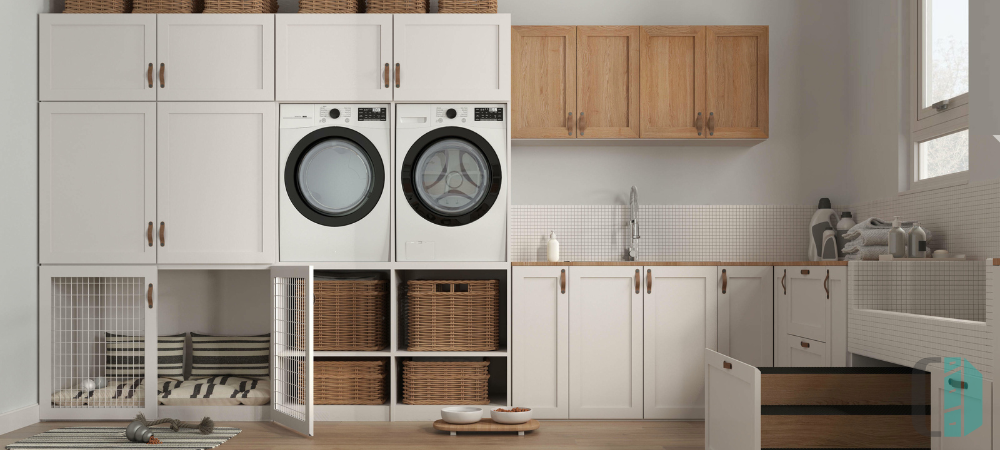
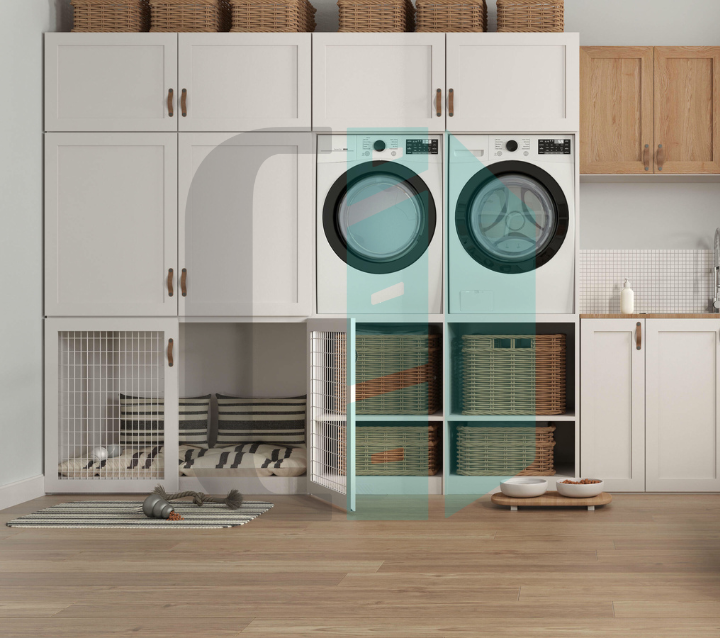
RTA cabinets offer versatile storage solutions that extend far beyond the kitchen, making them an excellent choice for various areas throughout the home. With their affordability, customization options, and ease of assembly, RTA cabinets are a practical choice for organizing and enhancing spaces such as the garage, laundry room, closet, living room, office, craft room, and mudroom.
In the garage, RTA cabinets provide valuable storage space for tools, equipment, and supplies. Whether wall-mounted cabinets for storing smaller items or floor cabinets for more extensive tools, garage cabinets help keep the garage organized and clutter-free, maximizing space efficiency.
In the laundry room, RTA cabinets offer storage solutions for laundry essentials such as detergents, cleaning supplies, and linens. Wall-mounted laundry cabinets above the washer and dryer provide convenient storage while keeping essential items within reach during laundry tasks.
Closet cabinets transform disorganized closets into functional and efficient storage spaces. RTA cabinets can be customized to fit the closet's dimensions, offering shelving, drawers, and hanging space for clothing, shoes, and accessories.
In the living room, RTA cabinets serve as stylish storage solutions for media equipment, books, and decor. From TV stands with integrated storage to bookcases and display cabinets, living room cabinets help organize and showcase items while complementing the overall decor of the space.
Office cabinets create a productive and organized workspace. RTA cabinets can be configured to fit the layout of the office, providing storage for files, office supplies, and electronics. Wall-mounted cabinets and desk cabinets offer storage solutions while maximizing floor space.
Craft room cabinets are essential for organizing crafting supplies and materials. RTA cabinets with adjustable shelving and drawers store craft tools, paper, fabric, and other supplies, creating a functional and inspiring workspace for creative projects.
Mudroom cabinets help keep entryways tidy and organized. RTA cabinets with cubbies, hooks, and storage bins offer storage solutions for shoes, coats, bags, and outdoor gear, making it easy to keep the mudroom clutter-free.
With their versatility and functionality, RTA cabinets are an excellent choice for optimizing storage and organization in various areas throughout the home. To learn more about using RTA cabinets beyond the kitchen, visit our blog post: Using RTA Cabinets Beyond Kitchen
Conclusion
RTA cabinets offer a convenient and cost-effective solution for homeowners transforming their kitchens into highly functional and stylish spaces. Throughout this kitchen buyer's guide, we've explored the various benefits of RTA cabinets, from their affordability and easy assembly to their versatility and customization options. By understanding key factors to consider when purchasing RTA cabinets, such as materials, finishes, and hardware, homeowners can make informed decisions to fit their budget and design preferences.
Whether you're a seasoned DIY enthusiast or a first-time homeowner, RTA cabinets provide a practical and accessible option for achieving the kitchen of your dreams. From measuring and assembly to staining and installation, RTA cabinets offer endless possibilities to create a personalized and inviting kitchen space that reflects your unique style and meets your functional needs.
Frequently Asked Questions
How do you assemble RTA cabinets?
How long does it take to assemble RTA cabinets?
For an inexperienced handyman, it may take approximately 45 minutes to 1 hour to assemble each of the cabinets. However, as you progress through the assembling process, you might get quicker.
How long will RTA cabinets last?
Ideally, a typical lifespan of our cabinets should last around 20 or more years. We recommend tending to your cabinets from time-to-time for warping or cracks. We recommend avoiding the use of harsh detergents to clean them. And, moisture can take some of the life out of your wooden cabinets .
Are RTA cabinets durable and long-lasting?
Ideally, a typical lifespan of our cabinets should last around 20 or more years. We recommend tending to your cabinets from time-to-time for warping or cracks. We recommend avoiding the use of harsh detergents to clean them. And, moisture can take some of the life out of your wooden cabinets..
What are the materials used to build RTA Cabinets?
Kitchen cabinets are generally made of three materials, (i) Tried-and-true hardwood, (ii) Engineered wood: HDF & MDF, and (iii) Many-layered plywood. Cabinet Distribution RTA Cabinets are a combination of all three. Here is our buyer's guide to the best cabinet materials.
Why are RTA cabinets so cheap?
RTA Cabinets are delivered in flat packs, therefore, first you save on the shipping cost itself. RTA Cabinets are not pre-assembled. Therefore, it does not include the labor costs for the assembly.
Should RTA cabinets be glued?
You need to apply wood glue to the connection grooves to ensure that the RTA Cabinets are fit in securely. Additionally, the rubber mallets help secure the cabinet faces while they are assembled. We recommend a few taps with a rubber mallet to ensure smooth transition while sliding cabinet faces into place.



